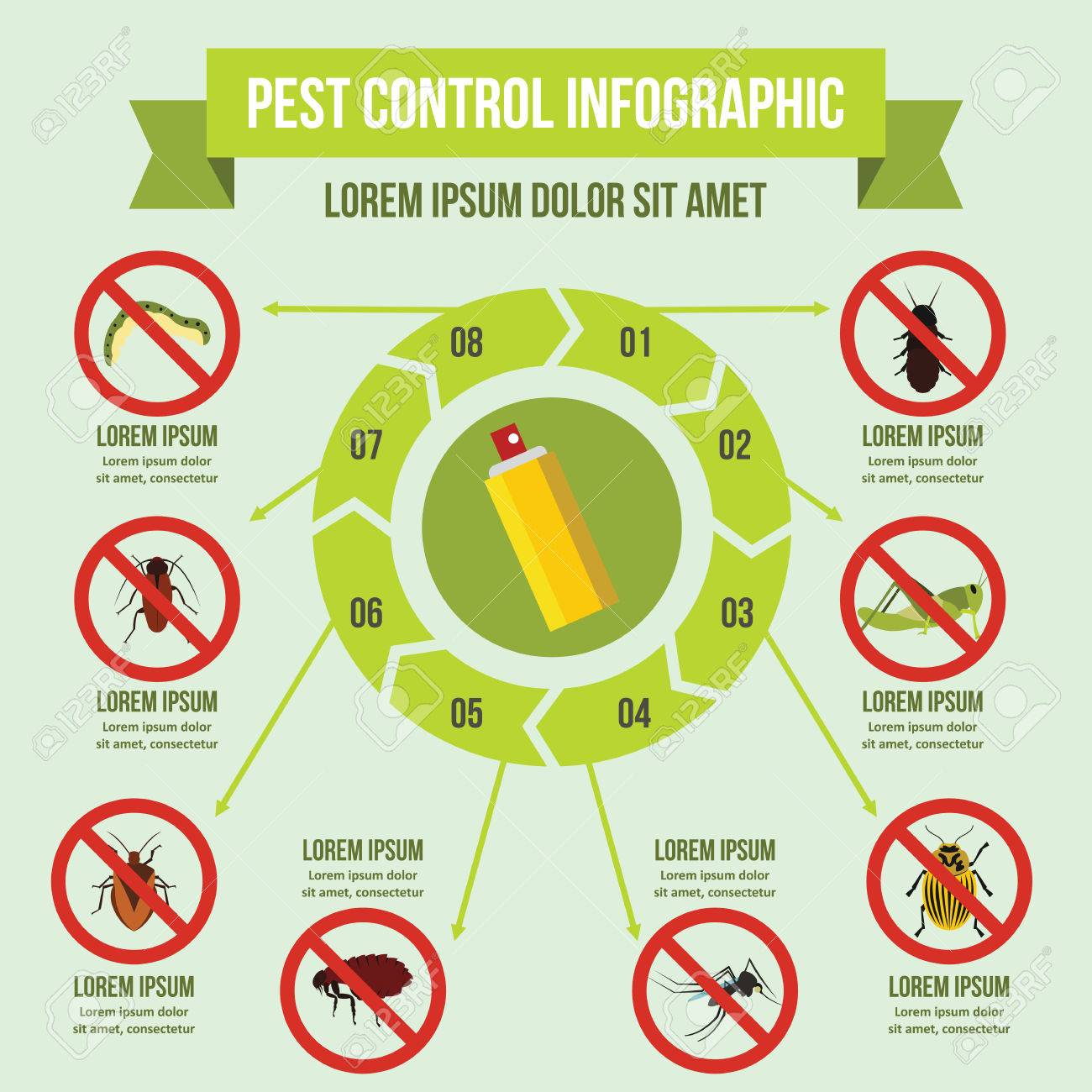Insights Right Into The Bed Pest Life Process: Recommendations From Parasite Professionals
Insights Right Into The Bed Pest Life Process: Recommendations From Parasite Professionals
Blog Article
Published By- flea treatments for yards
Like a silent intrusion, bed pests can slip into your home, hiding in the shadows and awaiting the ideal moment to strike. Recognizing their life cycle is important in managing these relentless bugs, and that better to turn to for guidance than the experts themselves?
In this conversation, you will certainly uncover the tricks of the egg phase, the nymph phase, and the grown-up phase of bed pests, unwinding the mysteries behind their strength and persistence. Brace on your own, since what you're about to find will leave you questioning every little itch and bite.
The Egg Phase
Throughout the egg stage, bed insects remain in their earliest form, all set to hatch and start their life process. These tiny eggs are usually laid in splits and crevices near the bed bug's feeding area, such as seams of cushions or furniture. The female bed insect can lay up to 5 eggs daily, which adds up to hundreds in her lifetime.
The eggs are oval-shaped and concerning 1mm in length, making them barely noticeable to the nude eye. They have a sticky layer that helps them stick to surface areas and remain in place. The egg stage lasts concerning one to two weeks, depending on the temperature and various other ecological elements.
When the eggs hatch out, the fairies arise, beginning their journey towards their adult years.
The Nymph Stage
As the eggs hatch out, the freshly emerged fairies start their trip in the direction of their adult years, marking the start of the fairy stage in the life process of bed pests. This stage is critical for their development, and understanding its qualities can assist in taking care of these bugs efficiently.
Here are 3 vital things to find out about the fairy stage:
1. Dimension and Appearance: Fairies are little, gauging only about 1.5 mm in size. They're transparent, yet after feeding, their bodies transform reddish-brown. As they expand, they shed their exoskeletons, leaving molted skins.
2. Feeding Habits: Like grown-up bed insects, nymphs feed upon blood. They need to feed several times to molt and progress to the following stage. Nymphs generally eat humans or pets while they rest, leaving behind itchy attacks.
3. Growth and Recreation: Fairies go through 5 instars before reaching adulthood. Each instar requires a blood dish for growth. Once they end up being grownups, they can duplicate and continue the bed insect life cycle.
Recognizing the fairy phase is vital for efficient bed bug control. By targeting the fairies during this at risk phase, you can prevent their progression in the direction of adulthood and stop their problem.
The Adult Stage
After finishing their development as fairies, bed bugs get in the adult stage. At this stage, grown-up bed insects are around 4-5 mm in dimension and have a level, oval-shaped body that is reddish-brown in shade. They have six legs, antennae, and a little head. Grown-up bed pests are totally with the ability of reproducing and continuing their invasion. They feed on blood, ideally human blood, and can endure without a meal for a number of months. check out this site are mainly energetic at night and often tend to conceal in cracks, crevices, and furniture during the day.
Adult female bed bugs can injure to five eggs per day. These eggs hatch into fairies in concerning a week. Recognizing the actions and life cycle of grown-up bed pests is important in effectively getting rid of and preventing problems.
Verdict
Now that you recognize the life process of bed pests, you hold the power to shield your home.
Picture a serene night's rest, without the torture of these tiny parasites.
By acknowledging the indications and taking prompt activity, you can stop infestations and make certain the wellness of your enjoyed ones.
Don't let these stealthy insects attack your refuge.
Stay alert, stay educated, and sleep limited understanding you remain in control.
